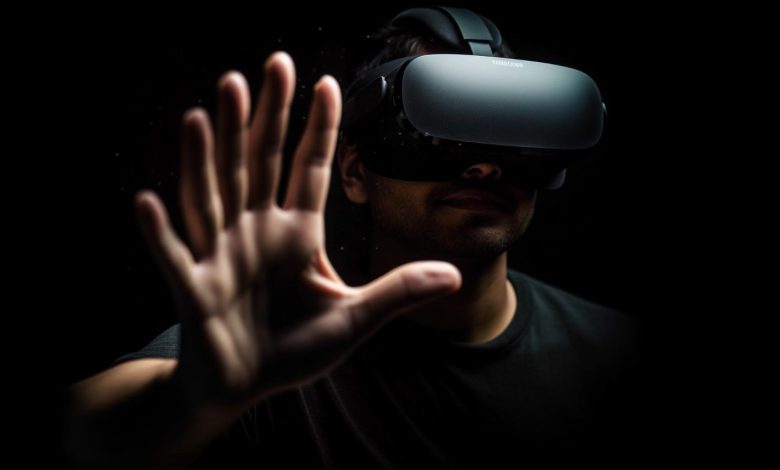Is Virtual Reality the New Frontier for Cybercrime?

Humanity’s march towards a more technologically integrated world is undeniable, and Virtual Reality (VR) stands as a prime example. Yet, with each innovation comes a lurking shadow: The ever-present threat of cybercrime. While VR might conjure images of immersive entertainment or groundbreaking training simulations, complacency regarding its security risks is a dangerous oversight. For malicious actors, VR may just be a unique and evolving landscape ripe for exploitation.
Recent research has unveiled a groundbreaking revelation that is shaking the foundations of virtual reality technology: An experiment has revealed a disturbing truth—that VR headsets are vulnerable to cyber attacks, leaving their users exposed to unprecedented risks in the virtual landscape.
By harnessing and manipulating Artificial Intelligence (AI) and sophisticated algorithms, hackers have found a way to hack into VR environments. This discovery was made by researchers at the University of Chicago when they exploited a vulnerability in Meta Quest’s VR system that allowed the researchers to hack into users’ headsets, steal credentials and even forcefully manipulate social interactions within the virtual reality environments.

The researchers uncovered a significant vulnerability in Meta Quest headsets when they are set to “developer mode,” providing attackers with an opportunity to hijack the device. This exploit allows them to manipulate on-screen information or access critical data, posing a serious threat to users’ security. It’s crucial to note that attackers are more likely to gain access to the VR headset if they are on the same Wi-Fi network, have physical access to the headset, or if a user downloads apps containing malware.
Upon gaining access, attackers could potentially manipulate social interactions within VR environments, intercept messages, and respond as they see fit. Furthermore, the emergence of Generative AI, which enables the instantaneous cloning of voices and the creation of visual deepfakes, exacerbates this threat.
The inherent problem lies in the lack of authentication within virtual reality experiences. The immersive nature of VR technology often fosters a heightened sense of trust, making users more susceptible to deception. As VR continues to integrate further into our lives, this vulnerability poses a significant risk to users’ security and privacy.
Nevertheless, it’s unlikely that these VR hackings will occur in the immediate future, given the current adoption rate and technological advancements, which set a high bar for execution. Nonetheless, this could change within a few years, considering the rapid evolution of technology. It’s worth noting that humanity entered the golden era of computing power in less than a decade, showcasing the potential for significant shifts in a relatively short span of time.

This fact has prompted industry experts to sound the alarm, calling the urgent need for enhanced security measures. A spokesperson from Meta said the company is currently proactively reviewing the findings and proactively engaging researchers to improve security measures for VR headsets to prevent and mitigate the risks they discovered from the conducted experiment.
VR attacks, however, can extend far beyond the confines of data breaches. It can potentially be leveraged for industrial espionage, manipulating users’ perception visually and psychologically—leading to the erosion of trust and sowing the seeds of doubt within society. Such effects will impede any effective progress and the beneficial effect VR headsets can have on the world, thus slowing down technological progress. To that end, industry experts and researchers are proactively collaborating to fortify VR headsets’ security measures.
Looking ahead, this will become a never-ending race and battle against threat actors because, let’s face it, crime will always be there. So, it is up to the players on the other side to keep developing countermeasures against threat actors. This race and battle will demand unwavering commitment and vigilance. It is not only up to cybersecurity professionals to come up with countermeasures against threat actors; users also need to educate themselves about the dangers that come with technological advancements, not just VR. This allows users to take necessary precautions and prevent themselves from falling victim to cyber attacks.




